Books
05.22.19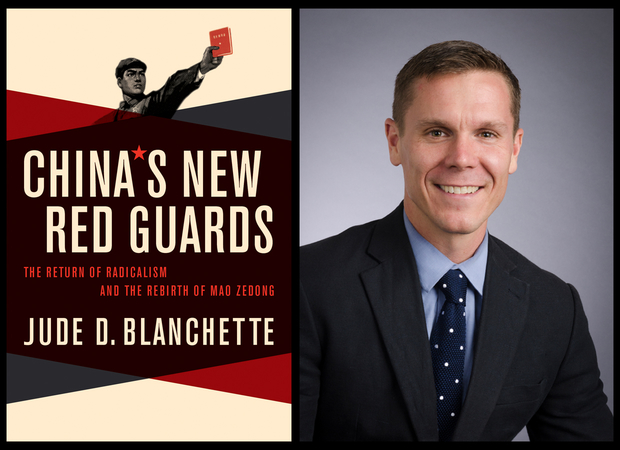
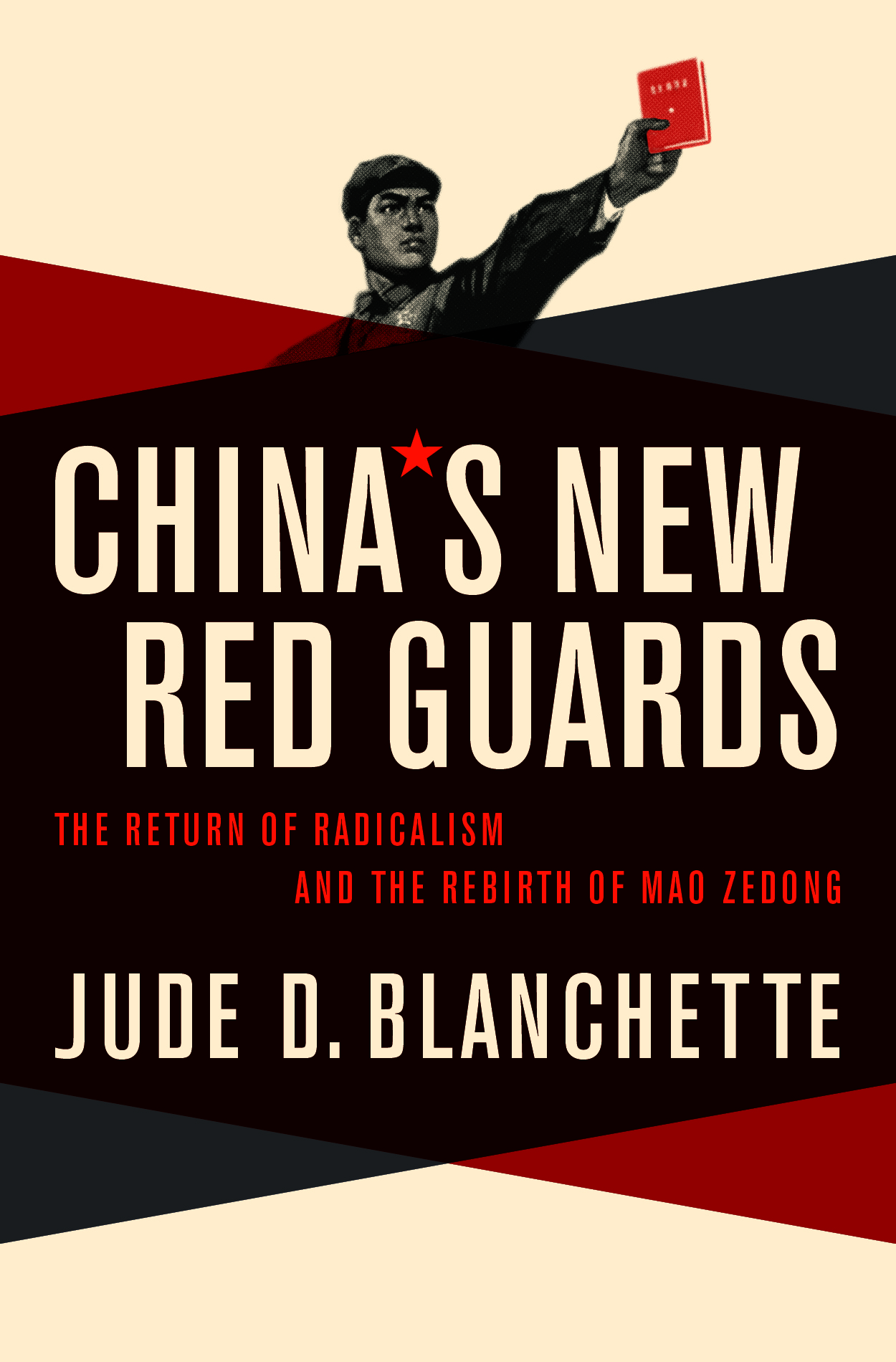
China’s New Red Guards
Oxford University Press: Ever since Deng Xiaoping effectively de-radicalized China in the 1980s, there have been many debates about which path China would follow. Would it democratize? Would it embrace capitalism? Would the Communist Party’s rule be able to withstand the adoption and spread of the Internet? One debate that did not occur in any serious way, however, was whether Mao Zedong would make a political comeback.As Jude Blanchette details in China’s New Red Guards, contemporary China is undergoing a revival of an unapologetic embrace of extreme authoritarianism that draws direct inspiration from the Mao era. Under current Chinese leader Xi Jinping, state control over the economy is increasing, civil society is under sustained attack, and the Chinese Communist Party is expanding its reach in unprecedented new ways. As Xi declared in late 2017, “Government, military, society, and schools, north, south, east and west—the Party is the leader of all.”But this trend is reinforced by a bottom-up revolt against Western ideas of modernity, including political pluralism, the rule of law, and the free market economy. Centered around a cast of nationalist intellectuals and activists who have helped unleash a wave of populist enthusiasm for the Great Helmsman’s policies, China’s New Red Guards not only will reshape our understanding of the political forces driving contemporary China, it will also demonstrate how ideologies can survive and prosper despite pervasive rumors of their demise.{chop}
Books
03.23.18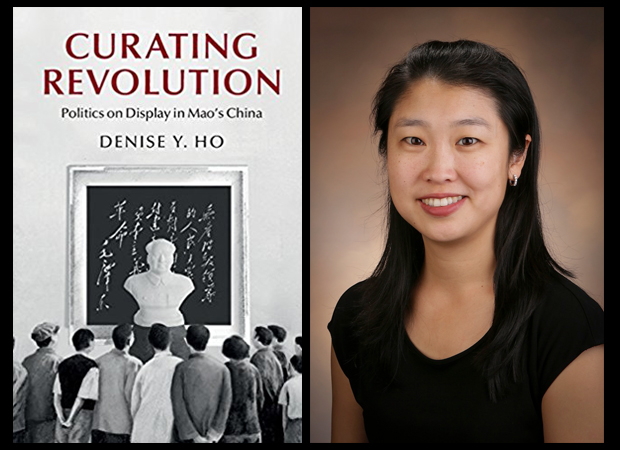
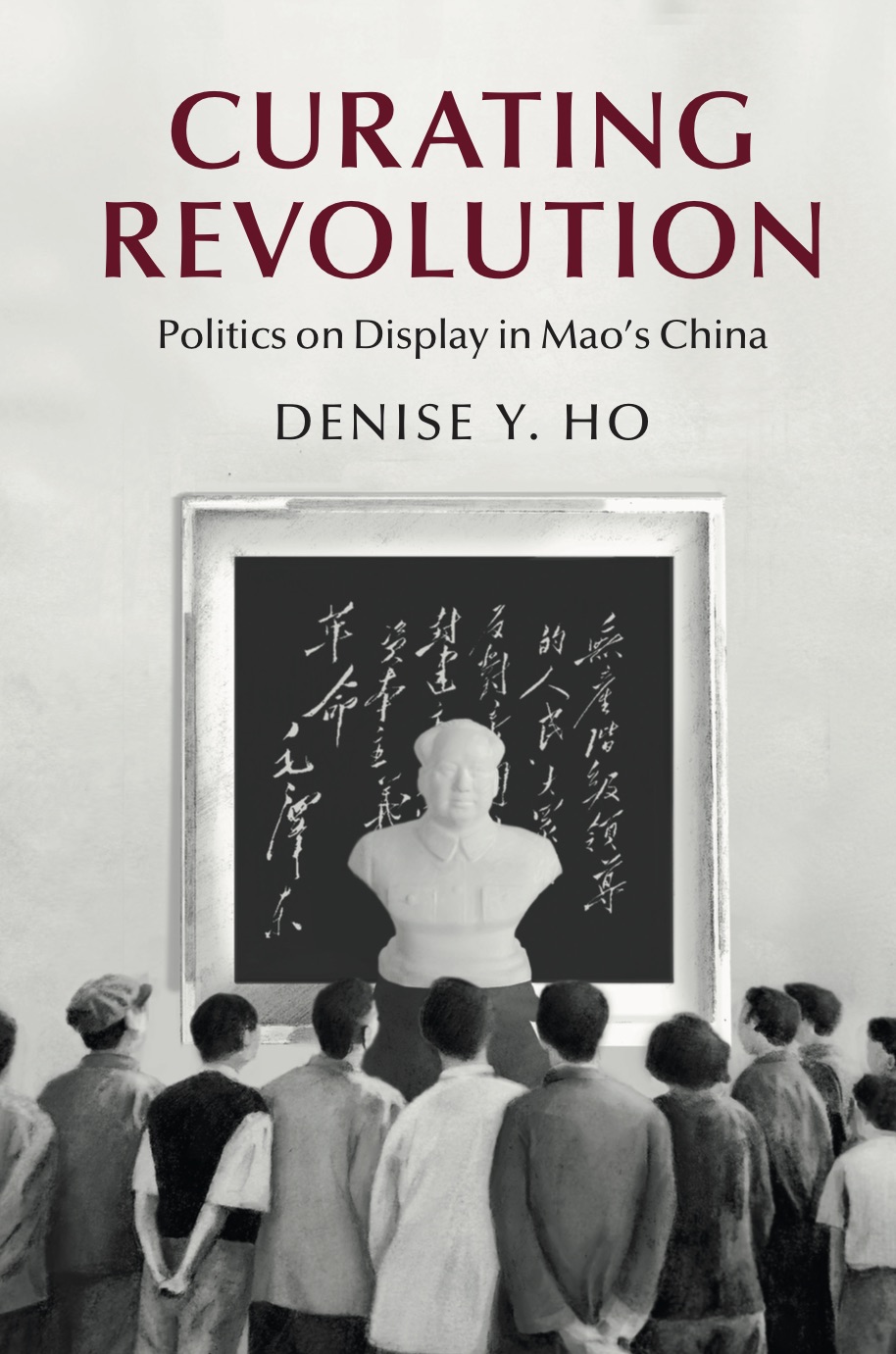
Curating Revolution
Cambridge University Press: How did China’s Communist revolution transform the nation’s political culture? In this rich and vivid history of the Mao period (1949-1976), Denise Y. Ho examines the relationship between its exhibitions and its political movements. Case studies from Shanghai show how revolution was curated: museum workers collected cultural and revolutionary relics; neighborhoods, schools, and work units mounted and narrated local displays; and exhibits provided ritual space for ideological lessons and political campaigns. Using archival sources, ephemera, interviews, and other materials, Ho traces the process by which exhibitions were developed, presented, and received. Examples under analysis range from the First Party Congress Site and the Shanghai Museum to the “class education” and Red Guard exhibits that accompanied the Socialist Education Movement and the Cultural Revolution. Operating in two modes—that of a state in power and that of a state in revolution—Mao era exhibitionary culture remains part of China’s revolutionary legacy.{chop}Related Reading:“The Double Helix of Chinese History and Its Powerful Leader,” Denise Y. Ho, The Japan Times, March 20, 2018“Fifty Years Later, How Is the Cultural Revolution Still Present in Life in China?,” ChinaFile Conversation, ChinaFile, April 19, 2016“The Cultural Revolution at 50 — A Q&A with Four Specialists (Part Two),” Alexander C. Cook, Los Angeles Review of Books, March 2, 2016“The Cultural Revolution at 50: A Q&A with Four Specialists (Part One),” Alexander C. Cook, Los Angeles Review of Books, February 24, 2016“Chairman Mao’s Everyman Makeover,” Denise Y. Ho and Christopher Young, The Atlantic, December 19, 2013Author’s Recommendations:The Gender of Memory, Gail Hershatter (University of California, 2014)Anyuan: Mining China’s Revolutionary Tradition, Elizabeth Perry (University of California, 2012)The Temple of Memories, Jun Jing (Cambridge University, 1996)
Excerpts
11.06.17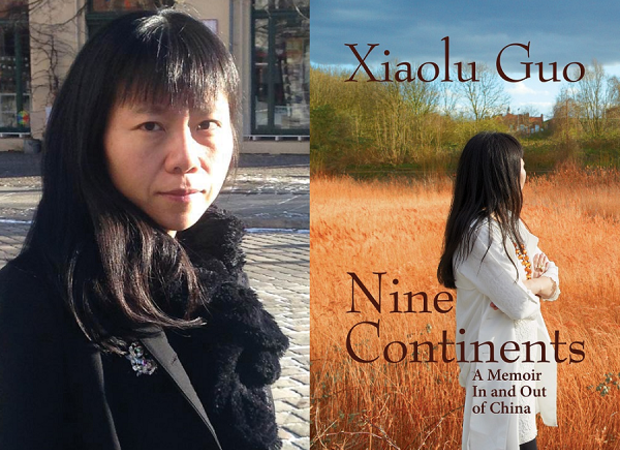
The Past Is a Foreign Country
On Wednesday, November 8, the Chinese-British writer Guo Xiaolu joined the Asia Society’s Isaac Stone Fish in a conversation about the difficulty of existing in both the Western and Chinese worlds.In this excerpt from Guo’s recently published memoir...
Viewpoint
01.23.17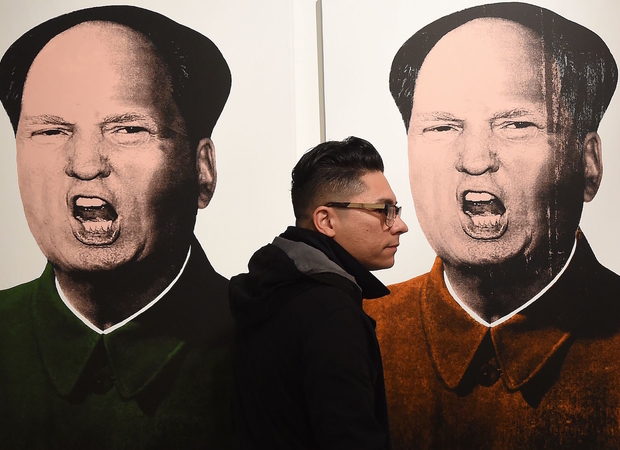
The Chairmen, Trump and Mao
The January 13, 1967 issue of TIME magazine featured Mao Zedong on its cover with the headline “China in Chaos.” Fifty years later, TIME made U.S. President-elect Donald Trump its Man of The Year. With a groundswell of mass support, both men...
The NYRB China Archive
01.19.17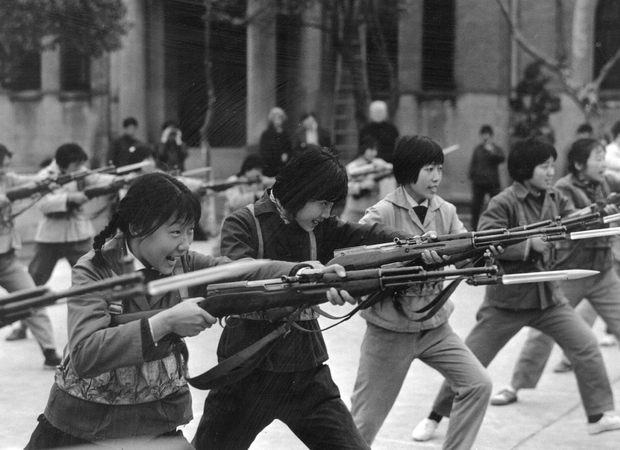
When the Chinese Were Unspeakable
from New York Review of Books
The Xiao River rushes deep and clear out of the mountains of southern China into a narrow plain of paddies and villages. At first little more than an angry stream, it begins to meander and grow as the basin’s 63 other creeks and brooks flow into it...
The NYRB China Archive
01.13.17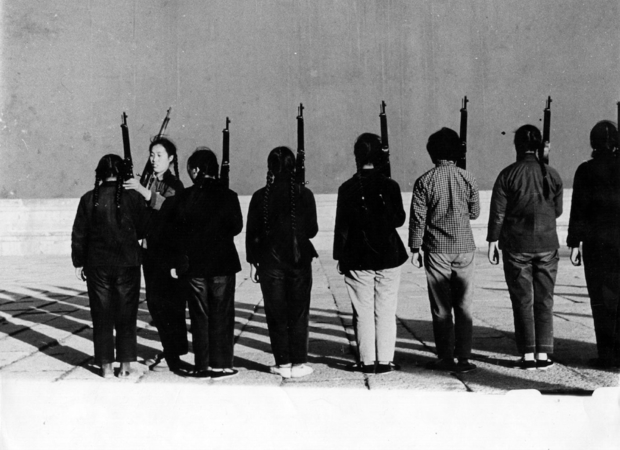
China’s Hidden Massacres: An Interview with Tan Hecheng
from New York Review of Books
Tan Hecheng might seem an unlikely person to expose one of the most shocking crimes of the Chinese Communist Party. A congenial 67-year-old who spent most of his life in southern Hunan province away from the seats of power, Tan is no dissident. In...
The NYRB China Archive
10.27.16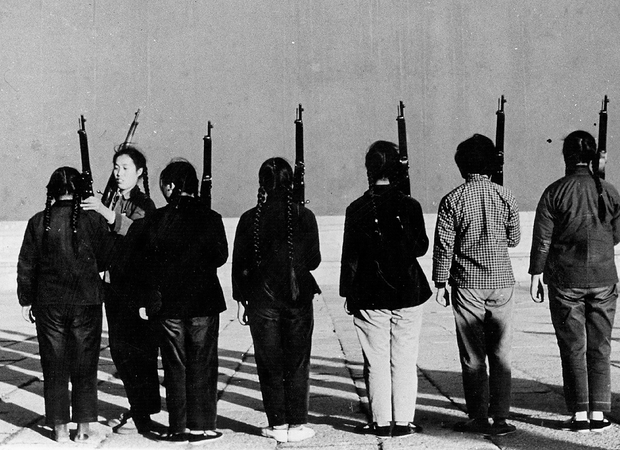
China: The Virtues of the Awful Convulsion
from New York Review of Books
For decades, Beijing’s Beihai Park has been one of the city’s most beloved retreats—a strip of green around a grand lake to the north of the Communist Party’s leadership compound, its waters crowded with electric rental boats shaped like ducks and...
ChinaFile Recommends
10.24.16Researcher Uncovers How Victims of China’s Cultural Revolution Really Died
Los Angeles Times
Her persistence has pierced the official silence enforced by the Chinese government. As time goes on, families of those who died are more willing to open up
Books
10.11.16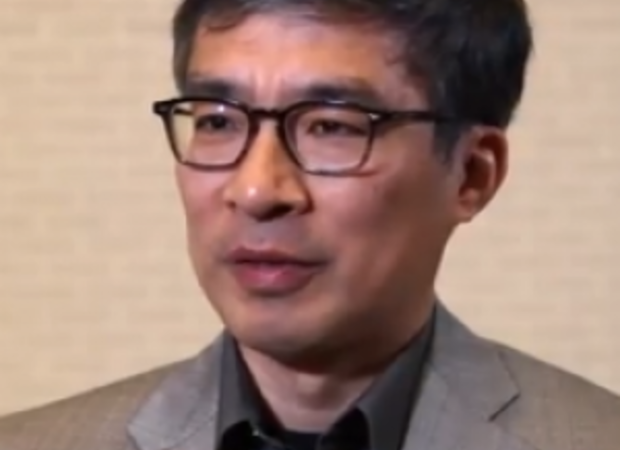
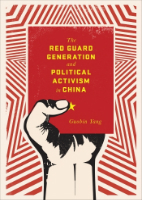
The Red Guard Generation and Political Activism in China
Raised to be “flowers of the nation,” the first generation born after the founding of the People’s Republic of China was united in its political outlook and ambitions. Its members embraced the Cultural Revolution of 1966 but soon split into warring factions. Guobin Yang investigates the causes of this fracture and argues that Chinese youth engaged in an imaginary revolution from 1966 to 1968, enacting a political mythology that encouraged violence as a way to prove one’s revolutionary credentials. This same competitive dynamic would later turn the Red Guard against the communist government.Throughout the 1970s, the majority of Red Guard youth were sent to work in rural villages. These relocated revolutionaries developed an appreciation for the values of ordinary life, and an underground cultural movement was born. Rejecting idolatry, their new form of resistance marked a distinct reversal of Red Guard radicalism and signaled a new era of enlightenment, culminating in the Democracy Wall movement of the late 1970s and, finally, the Tiananmen protest of 1989. Yang completes his significant recasting of Red Guard activism with a chapter on the politics of history and memory, arguing that contemporary memories of the Cultural Revolution are factionalized along the lines of political division that formed 50 years before. —Columbia University Press{chop}
Viewpoint
09.08.16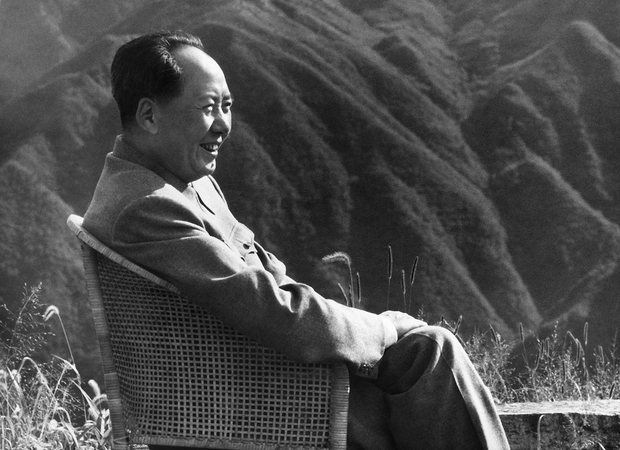
Mao the Man, Mao the God
Mao Zedong was dying a slow, agonizing death. Diagnosed with Amyotrophic Lateral Sclerosis (ALS) in July 1974, he gradually lost control of his motor functions. His gait was unsure. He slurred his speech and panted heavily. The decline was...
Sinica Podcast
08.31.16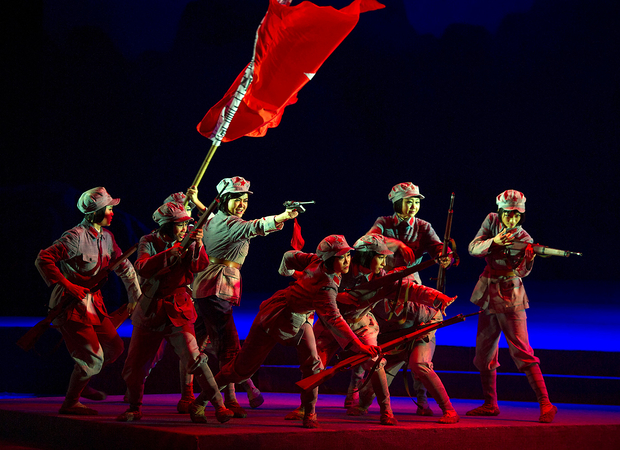
What Is Cultural About the Cultural Revolution? Creativity Amid Destruction
from Sinica Podcast
This year marked the 50th anniversary of the beginning of the Cultural Revolution, a chaotic decade of Chinese history made infamous in the West through books such as Wild Swans and Life and Death in Shanghai, which describe in horrific detail the...
Media
05.18.16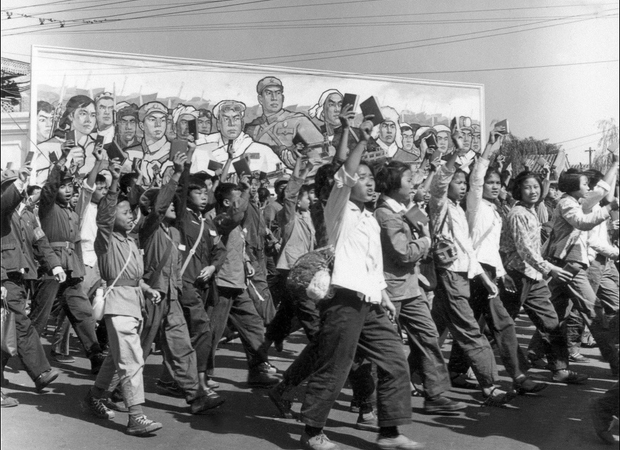
My Uncle Was a Red Guard in the Cultural Revolution—He Isn’t Sorry
Lishui is the nickname for my uncle, a farmer who has lived all his life in the suburbs of Tianjin, a big city in northeastern China. Whenever people talk about Lishui, my mother’s older brother, they always say: “Lishui is a nice guy, honest,...
The NYRB China Archive
01.26.16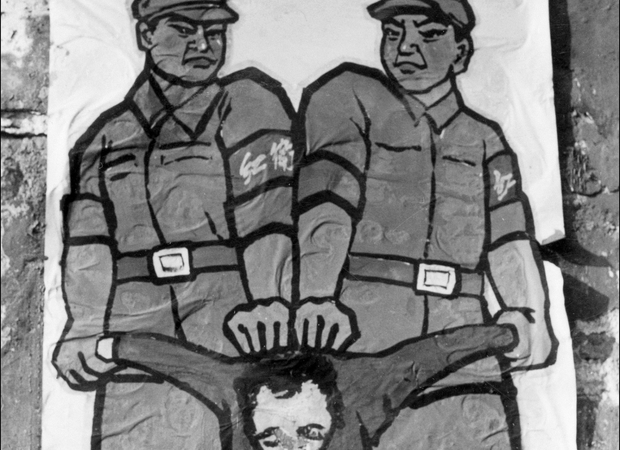
China: Surviving the Camps
from New York Review of Books
By now, it has been nearly forty years since the Cultural Revolution officially ended, yet in China, considering the magnitude and significance of the event, it has remained a poorly examined, under-documented subject. Official archives are off-...
The NYRB China Archive
12.18.14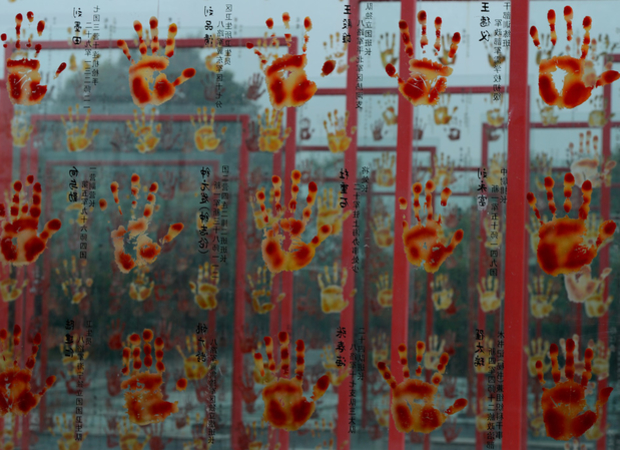
China’s Brave Underground Journal—II
from New York Review of Books
In downtown Beijing, just a little over a mile west of the Forbidden City, is one of China’s most illustrious high schools. Its graduates regularly attend the country’s best universities or go abroad to study, while foreign leaders and CEOs make...
Video
09.18.14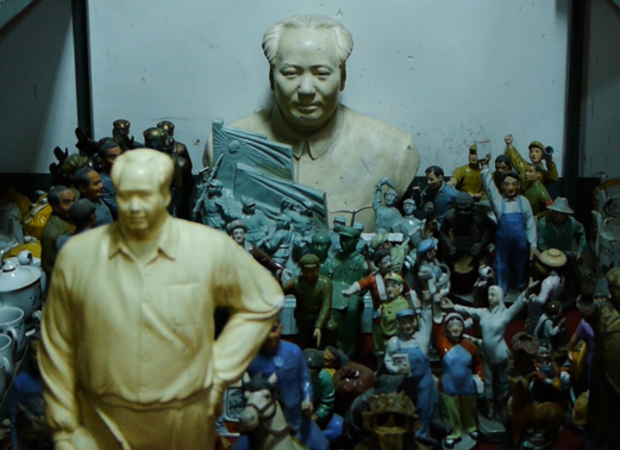
Collecting Insanity
Every country has a past it likes to celebrate and another it would rather forget. In China, where history still falls under the tight control of government-run museums and officially approved textbooks, the omissions appear especially stark. An...
ChinaFile Recommends
01.14.14Though I am Gone
Fast Company
(Vid) Wang Jingyao chronicles the murder of his wife, the first victim of the Cultural Revolution.
ChinaFile Recommends
01.14.14Bowed and Remorseful, Former Red Guard Recalls Teacher’s Death
New York Times
“How a country faces the future depends in large part on how it faces its past,” said former Red Gaurd in public apology for past violence.
ChinaFile Recommends
06.12.13Soul-Searching Former Red Guard Won Praises on Weibo
Ministry of Tofu
Liu Boqin’s public apology for his acts during the Cultural Revolution received widespread accolates from Chinese netizens. On Sina Weibo, the Chinese Twitter, an overwhelming majority of commentors applauded him while saying, other Red Guards...
Media
05.31.12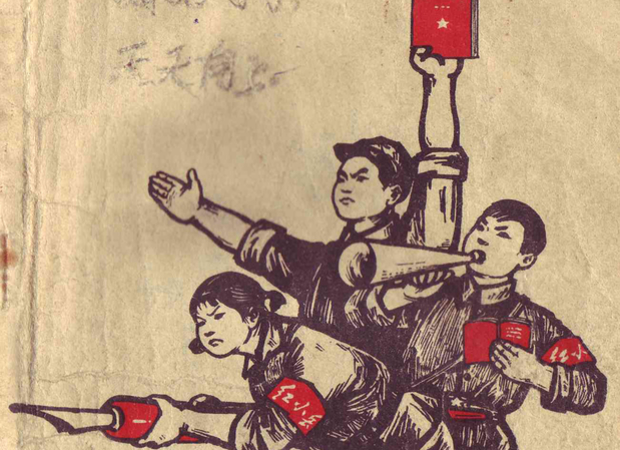
Godwin’s Law with Chinese Characteristics
This winter writer-blogger-race car-driver Han Han found himself facing charges of plagiarism from celebrated fraud-buster Fang Zhouzi. Both Han and Fang have huge followings among China’s microbloggers. And their personal disagreement soon...
The NYRB China Archive
11.11.10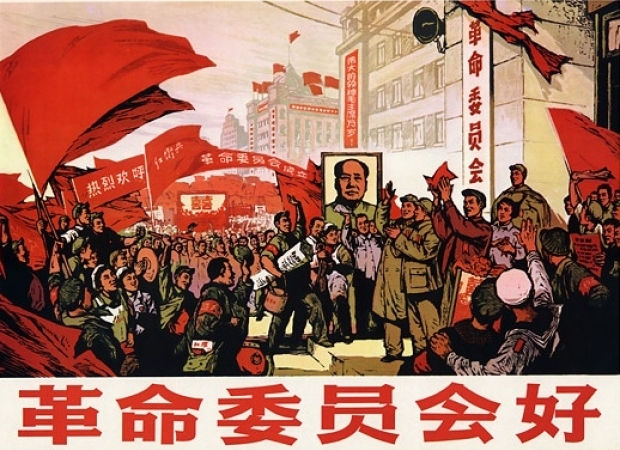
How Reds Smashed Reds
from New York Review of Books
July and August 1966, the first months of the ten-year Cultural Revolution, were the summer of what Andrew Walder, a sociologist at Stanford, calls “The Maoist Shrug.” Jiang Qing, Mao Zedong’s wife, told high school Red Guards, “We do not advocate...
The NYRB China Archive
04.19.73Up Against the Wall at Tsinghua U.
from New York Review of Books
Some Chinese refer to their lives before and after the Cultural Revolution as if that storm of the Sixties were a religious conversion. Like John Bunyan writing with enthusiastic horror of his unregenerate days, the cadre or craftsman today says he...
The NYRB China Archive
03.28.68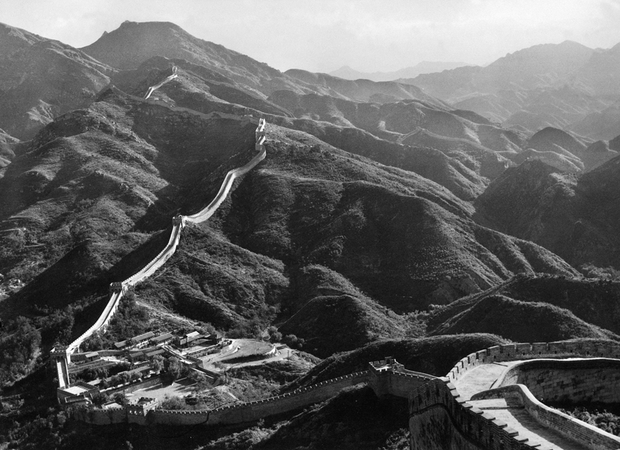
The Great Wall
from New York Review of Books
China is so distant, big, and complex that each Marco Polo nowadays tells a different tale. The authors of the three books under review—a cool Swedish journalist, a passionate Chinese true-believer, and a philosophical Frenchman—give very different...



